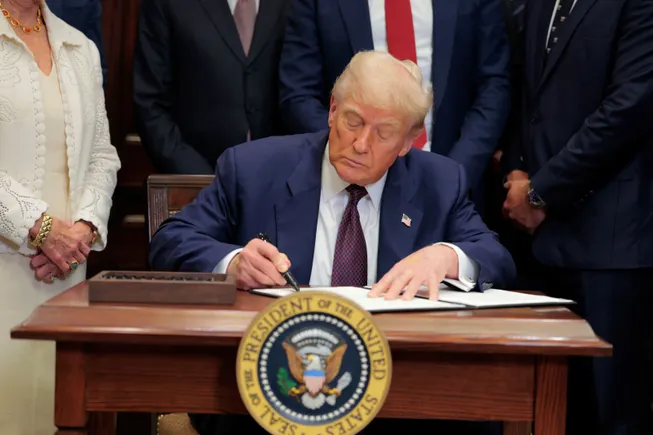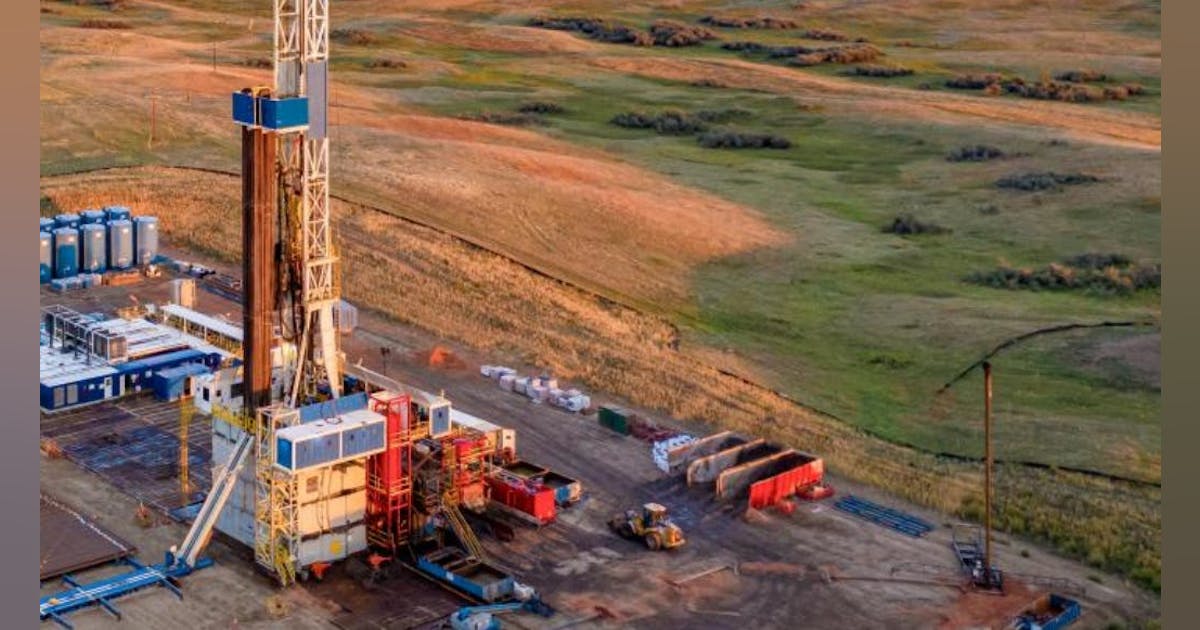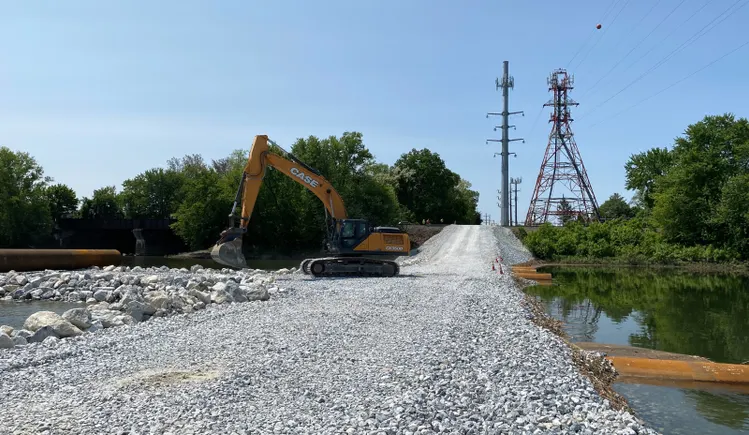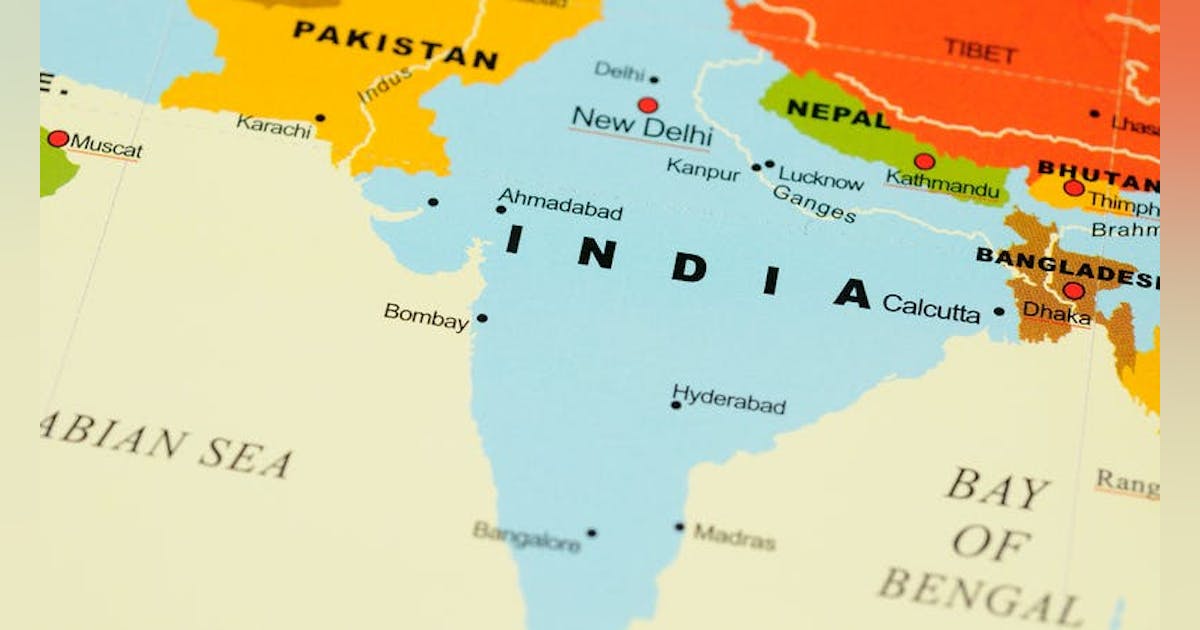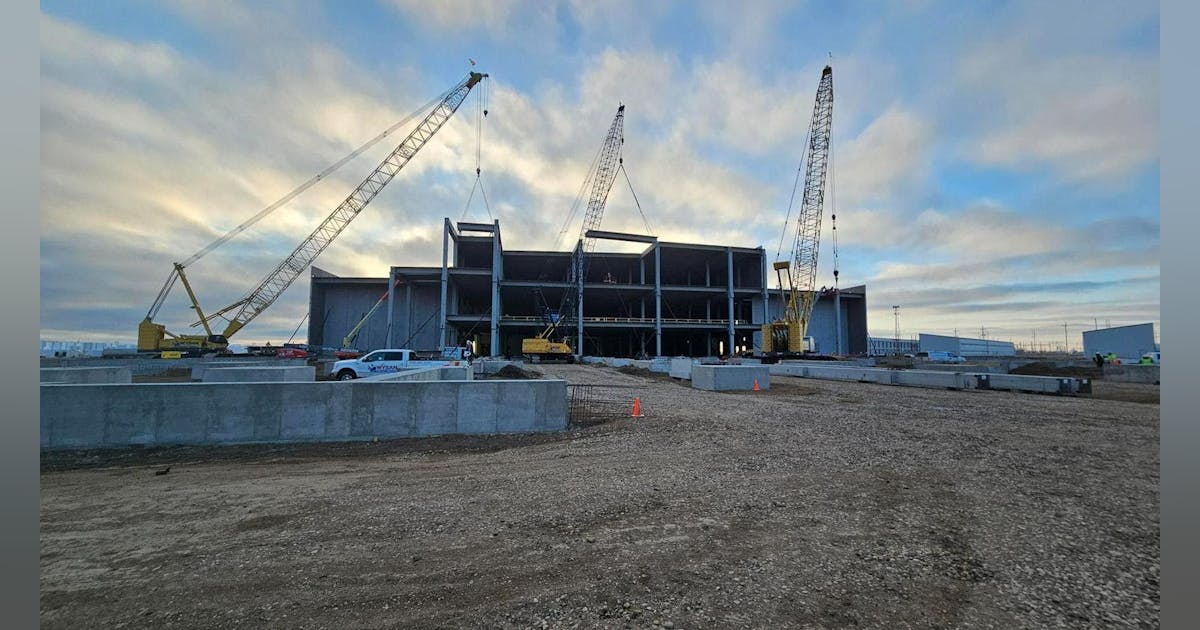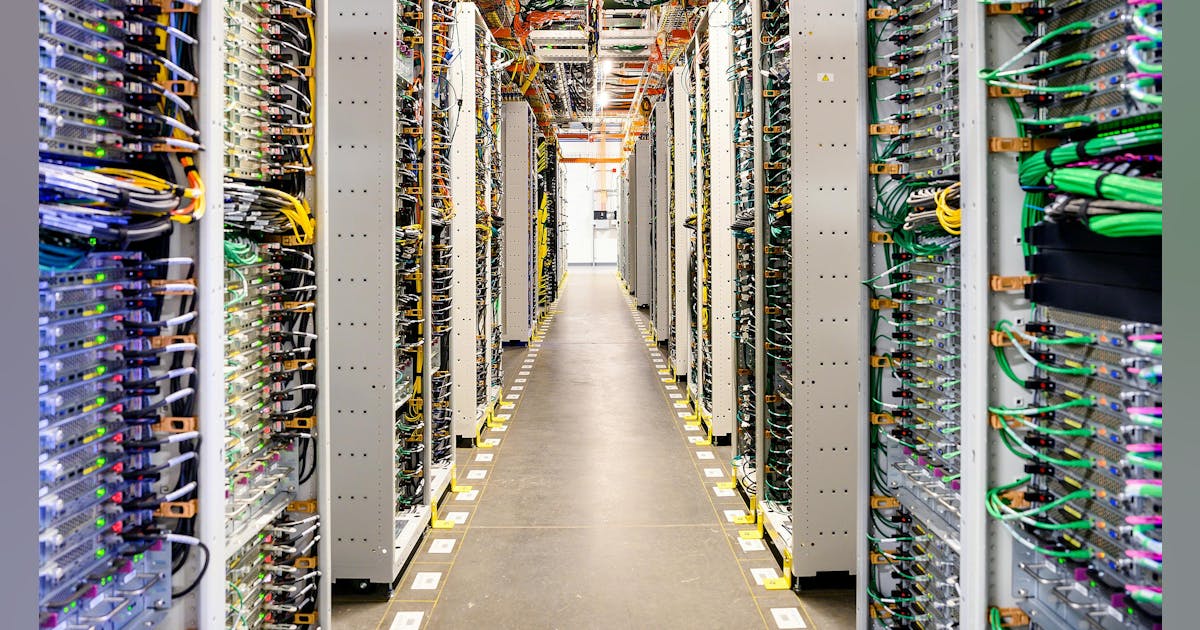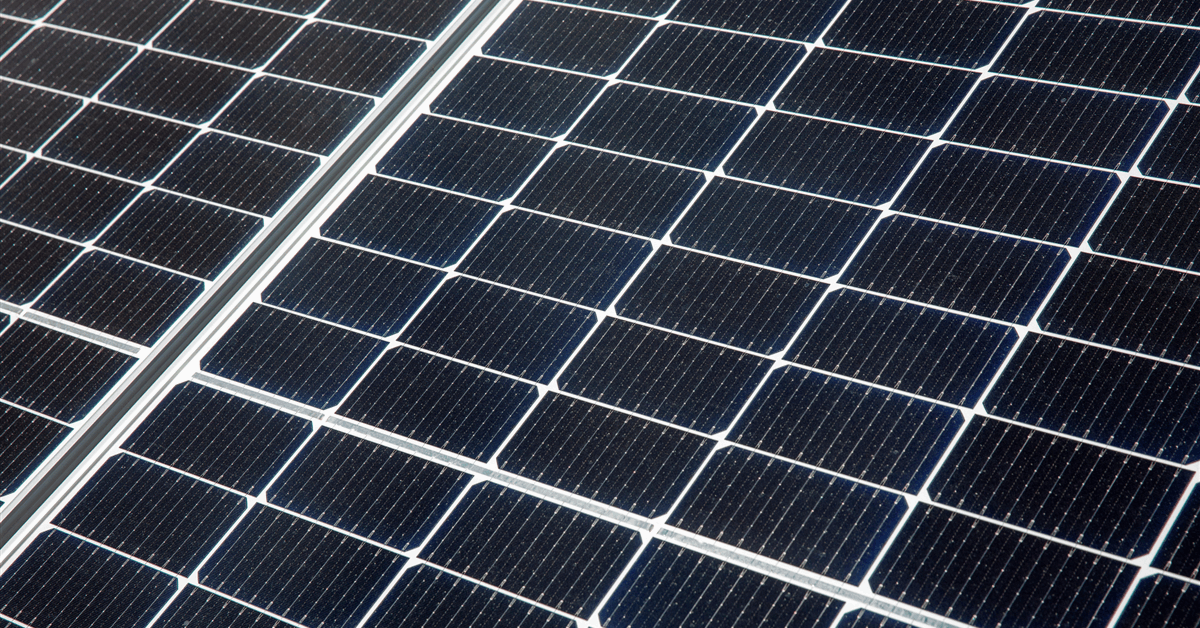
QatarEnergy said it has put online two photovoltaic generation facilities with a combined capacity of 875 megawatts (MW).
The projects in the industrial cities of Mesaieed and Ras Laffan will raise Qatar’s solar power production capacity to 1,675 MW, according to a press release by the state-owned energy company.
“The construction of solar power plants is one of Qatar’s most important initiatives to reduce carbon dioxide emissions, to develop sustainability projects, and to diversify electricity generation sources”, said Energy Affairs Minister Saad Sherida Al-Kaabi, who is also QatarEnergy president and chief executive. “These plants are expected to reduce carbon dioxide emissions by about 4.7 million tons annually”.
The Gulf state aims to raise the share of renewable energy in its natural gas-dominated power mix from the current five percent to 18 percent by 2030, as declared in the Qatar National Renewable Energy Strategy released April 27, 2024. The strategy focuses on solar generation.
Qatar now has three operational solar facilities, the other being the 800-MW Al-Kharsaa plant, which was put onstream 2022. The facility is owned by QatarEnergy, Marubeni Corp. and TotalEnergies SE.
The three solar plants are expected to cover about 15 percent of total peak power demand, Al-Kaabi said.
“We have moved beyond relying on the expertise of others for the construction, operation, and maintenance of solar power plants, and have begun implementing such projects using our own national expertise”, Al-Kaabi said.
Last year QatarEnergy announced a new solar project with a generation capacity of 2,000 MW. It expects the Dukhan Solar Power Plan to start operation by 2030.
Qatar relies on gas-powered thermal plants for over 90 percent, or 11.3 gigawatts, of its total power production, according to the renewables strategy prepared by the Qatar General Electricity and Water Corporation (Kahramaa).
“However, the expected commissioning of 2.2 GW of new thermal electricity generation by 2027 is an indication of the country’s gradual approach for integrating renewable energy in its power mix”, Qatar’s sole power and water transmission and distribution operator said.
“Qatar has tremendous potential to increase its use of renewable energy sources due to the high quality of the nation’s solar resource”, Kahramaa said. “The country’s global horizontal irradiance (GHI) level is one of the highest in the world, with ten locations having a four-year average GHI rating of more than 2,000 kWh [kilowatt hours] generated per square meter per year”.
To contact the author, email [email protected]
What do you think? We’d love to hear from you, join the conversation on the
Rigzone Energy Network.
The Rigzone Energy Network is a new social experience created for you and all energy professionals to Speak Up about our industry, share knowledge, connect with peers and industry insiders and engage in a professional community that will empower your career in energy.
MORE FROM THIS AUTHOR

